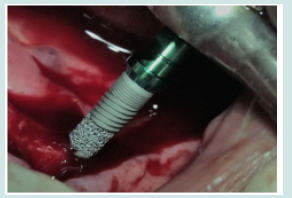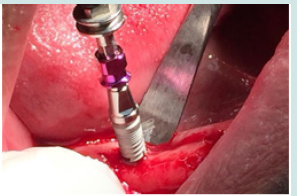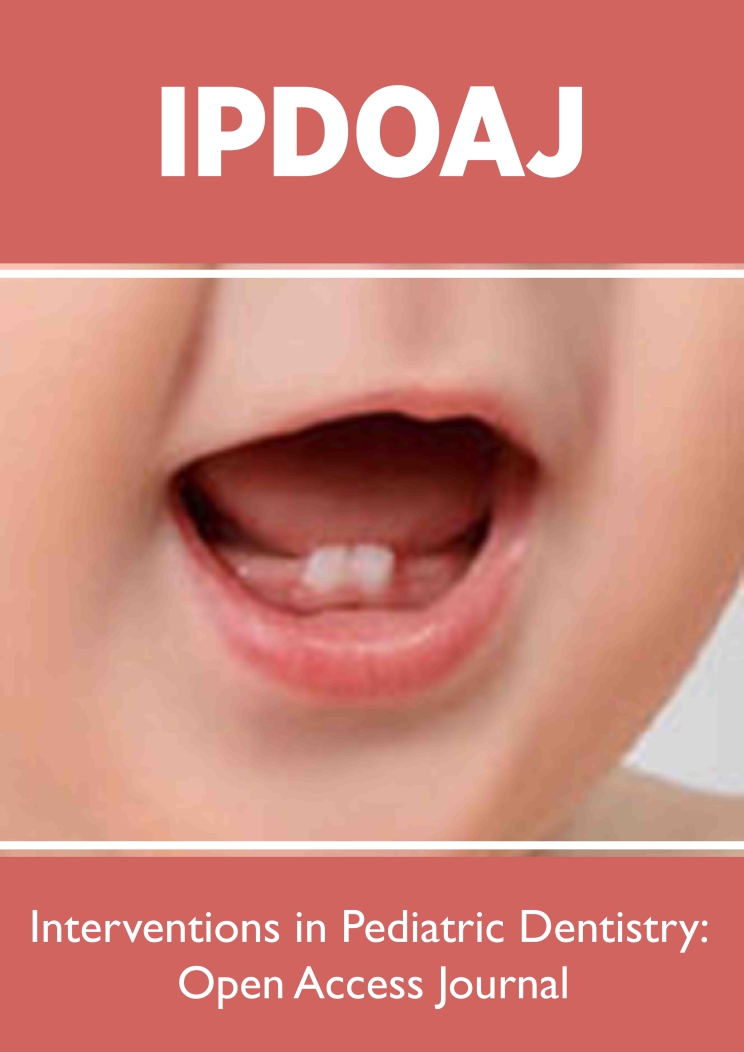
Lupine Publishers Group
Lupine Publishers
Menu
ISSN: 2637-6636
Research Article(ISSN: 2637-6636) 
Radiographic Evaluation of Trabecular Metal Dental Implant (TANTLUM) in Implant Retained Mandibular Over Denture Cases Volume 8 - Issue 2
Mona Galal Mahmoud1*, Ingy T Lebeshtien2, Azza Frahat3, Metwally3 and Noha Helmy Nawar4
- 1MDS Faculty of Dentistry, Ain Shams University, Egypt
- 2Professor, Department of Prosthodontics, Faculty of Dentistry, Ain-Shams University, Egypt
- 3Associate Professor, Department of Removable Prosthodontics, Faculty of Oral and Dental Medicine, Cairo University, Egypt
- 4Associate Professor, Department of Prosthodontics, Faculty of Dentistry, Ain-Shams University, Egypt
Received: January 20, 2023; Published: February 03, 2023
*Corresponding author: Mona Galal Mahmoud, MDS Faculty of Dentistry, Ain Shams University, Egypt
DOI: 10.32474/IPDOAJ.2023.08.000285
Abstract
Purpose: To evaluate the effect of trabecular metal dental implant (Tantalum) on peri-implant bone height changes in implant retained madibular over denture cases using cone beam CT.
Material and Methods: Fourteen completely edentulous male patients were selected All the selected patients were rehabilitated with two implant retained overdenture opposing maxillary mucosa supported denture. Patients were randomly divided into two equal groups according to the implant design:
a) Group I: Patients were rehabilitated by implant over dentures supported on two metal trabecular dental implant (Tantalum) in canine region following two surgical stage technique.
b) Group II: Patients were rehabilitated by implant over dentures supported on two dual acid etched dental implant in canine region following two surgical stage technique.
Results: To compare the mean values of prei- implant vertical bone height changes in the studied groups between each two consecutive measures-independent student -t test was applied. For Group I were rehabilitated by implant over dentures supported on two metal trabecular dental implant (Tantalum) in canine region following two surgical stage technique. Table 1 revealed that the mean value of measured vertical bone height changes six months after denture insertion was 0.46mm after 12 months the mean value of measured marginal bone height changes was 0.80mm and after 18 months of follow up period was 0.93mm. For Group II, patients were rehabilitated by implant over dentures supported on two dual acid etched dental implant in canine region following two surgical stage technique. Table 2 revealed that the mean value of measured vertical bone height changes six months after denture insertion was found 0.62mm while at the end of one year follow up period was 1.05mm after 18 months was found. Greater amount of vertical bone height changes was detected for group II patients six , twelve months and eighteen months after denture insertion compared to group I patients, statistical analysis of the data revealed significant difference in the mean values of vertical bone loss P > 0.05 at six, twelve months and eighteen months follow-up period.
Background
Dental implant systems have been commercially providing a variety of materials such as tantalum, vitreous carbon, single-crystal sapphire, stainless steel, titanium and others [1]. Porous coating is developed to improve the integration of orthopedic implants that have been suitable for the use of dental implant [2]. Tantalum is a biologically accepted material, highly resistant to corrosion [3-6]. Trials had been made to test the effect of coating of some alloys, such as chrome-cobalt or titanium alloy with HA or TCP [6]. But these attempts in the past failed to stimulate the structure of cancellous bone. In addition there was mechanical failure, resulting from lack of yield strength and ductility of the coating materials. Until the early 1990s porous tantalum trabecular metal (PTTM) was introduced [3]. Trabecular Metal Material is considered a porous biologically accepted material with a structure and stiffness like cancellous bone [4]. The cellular structure of the implant can provide a highly suitable biological environment for the bone to grow into the pores [9], providing better initial implant stability, as illustrated by commercially available dental implants with a porous tantalum material, the trabecular metal dental implant is the only porous dental implant that clinical studies indicate excellent osteointegration and implant stability [5].
Material and Methods
Fourteen completely edentulous patients will be selected from outpatient clinic of prosthodontic department, Faculty of dentistry, Ain Shams university to participate in this study, Age range from 45-55, Radiographic examination should reveal bone height more than 10 mm and crestal bone width more than 5 mm in the anterior region of the mandible., Residual bone and mucosa should be free from any pathological signs, bony undercuts, or neoplasia., adequate salivary flow, adequate mouth opening, Patient exhibiting sufficient interarach space with angle class I maxillo-mandibular relationship. According to the type of implant supported the overdenture were randomly divided into two equal groups:
a) Group I:
were rehabilitated by implant over dentures supported on two metal trabecular dental implant (Tantalum) in canine region following two surgical stage technique.
b) Group II:
patients were rehabilitated by implant over dentures supported on two dual acid etched dental implant in canine region following two surgical stage technique radiographic evaluation of bone height at implant site using cone beam radiographic technique. Data will be collected at the time of denture insertion, six, twelve and eighteen months after insertion (Figures 1 & 2).
-->Table 1: Mean values, standard deviation (SD) values and Paired t-Test for vertical bone loss in Group (I) patients during the follow up period.
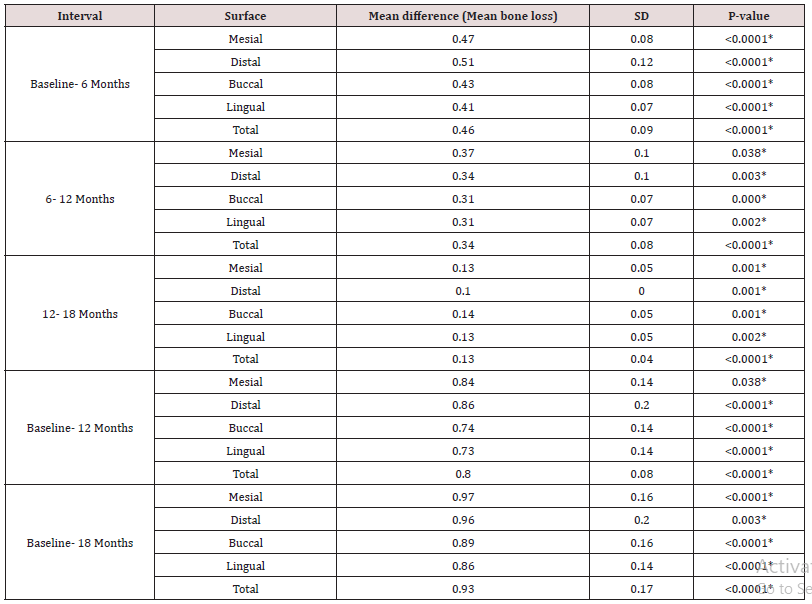
Table 2: Mean values, standard deviation (SD) values and Paired t-Test for vertical bone loss in Group (II) patients during the follow up period.
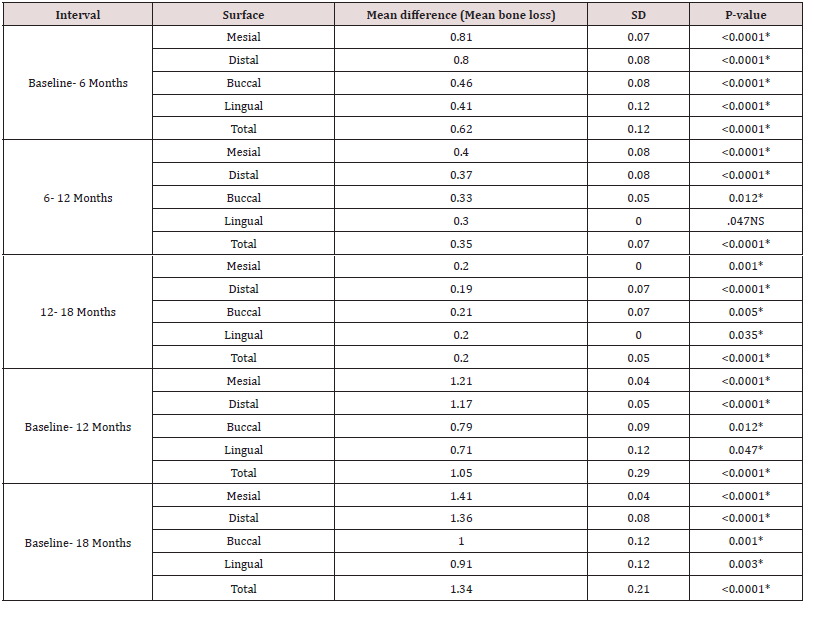
Table 3: Mean values, standard deviation (SD) values and Student-t Test for the amount of vertical bone loss in the two studied groups.
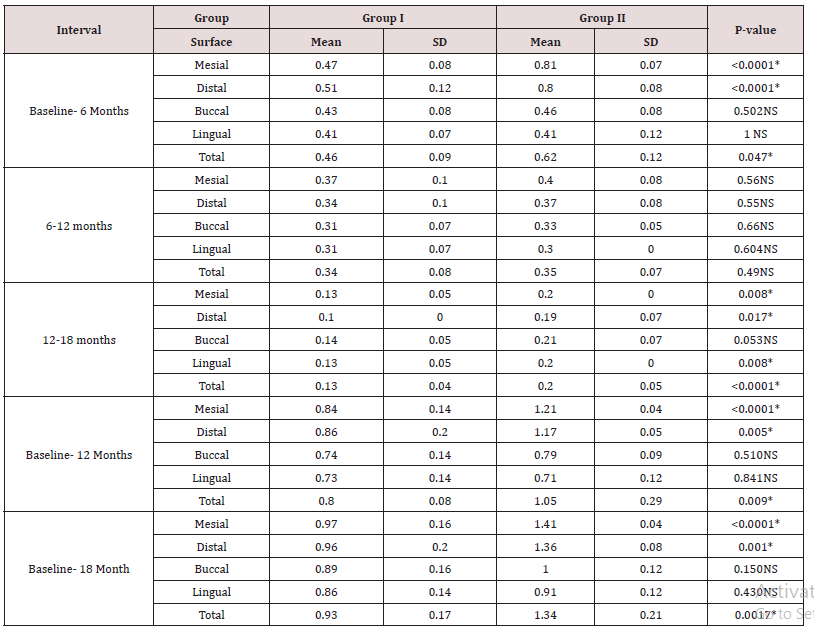
Discussion
Porous coating is developed to improve the integration of orthopedic implants that have been suitable for the use of dental implant [2]. Tantalum is a biologically accepted material, highly resistant to corrosion. The porous tantalum trabecular metal (PTTM) studies indicate excellent osteointegration and implant stability [6]. The porous tantalum trabecular metal (PTTM) PTTM portion of the implant has an open-cell dodecahedron repeat structure which allows for rapid endothelial budding and ingrowth through the expanded structure in response to the angiogenic and anabolic growth factor gradient produced within the scaffold by the metal surface interacting with the initial blood clot. Porous surface coating improves osteointegration, by giving chance of bone growth inside the pores; as well as the number and size of the pores that can be obtained on the surface of the implant may determine the amount and quality bone growth [7]. As Histological studies showed that a pore size of ̴ 100 μm is providing adequate bone in growth ,as osteon formation inside a porous material needs ̴ 150 μm pores , while pores greater than ̴ 300 μm are needed to support vascularized bone in growth [8]. This could account for the minimal recorded decrease in the detected bone loss in patients rehabilitated with trabecular metal dental implant (Tantalum). The PTTM allows an implant surface enhancement not only for bone growth but also bone ingrowth. PTTM structure allows neovascularization and new bone formation directly into the implant. This concept is known as “Osseo incorporation” [9]. In addition ,the PTTM allows for osseo incorporation and implant surface enhancement not only for bone growth but also bone ingrowth. PTTM structure allows neovascularization and new bone formation directly into the implant.
Conclusion
Within the limitations of the number of studied patients and follow up period of this study it could be concluded that: Tantalum trabecular metal implant is providing less effect on vertical bone loss than dual acid etched dental implant and both of them fulfil the criteria of dental implant success.
References
- Ring ME (1995) A thousand years of dental implants: a definitive history - part 2 Compend Contin Educ Dent 16: 1132,1134,1136 passim.
- Brentel AS, Vasconcellos LMR, Oliveira MV (2006) Histomorphometric analysis of pure titanium implants with porous surface versus rough surface. J Appl Oral Sci 14: 213-218.
- Cohen R (2002) A porous tantalum trabecular metal: basic science. Am J Orthop 31(4): 216-217.
- Kaplan RB (1994) Open cell tantalum structures for cancellous bone implants and cell and tissue structures. US Patent No. 5282861.
- Wigfield C, Robertson J, Gill S, Nelson R (2003) Clinical experience with porous tantalum cervical interbody implants in a prospective randomized controlled trial. Br J Neurosurg 17: 418-425.
- Bencharit S, Byrd WC, Altarawneh S, Hosseini B, Leong A, et al. (2013) Development and Applications of Porous Tantalum Trabecular Metal-Enhanced Titanium Dental Implants. Clin Implant Dent Relat Res 16: 817-826.
- Bobyn JD, Pilliar RM, Cameron HU, Weatherly GC (1980) The optimum pore size for the fixation of porous-surfaced metal implants by the ingrowth of bone. Clin Orthop Relat Res 150: 263-270.
- Karageorgiou V, Kaplan D (2005) Porosity of 3D biomaterial scaffolds and osteogenesis. Biomaterials 26: 5474-5491.
- Bobyn JD, Stackpool GJ, Hacking SA, Tanzer M, Krygier JJ (1999) Characteristics of bone ingrowth and interface mechanics of a new porous tantalum biomaterial. J Bone Joint Surg Br 81(5): 907-914.
Editorial Manager:
Email:
pediatricdentistry@lupinepublishers.com

Top Editors
-

Mark E Smith
Bio chemistry
University of Texas Medical Branch, USA -

Lawrence A Presley
Department of Criminal Justice
Liberty University, USA -

Thomas W Miller
Department of Psychiatry
University of Kentucky, USA -
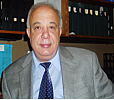
Gjumrakch Aliev
Department of Medicine
Gally International Biomedical Research & Consulting LLC, USA -
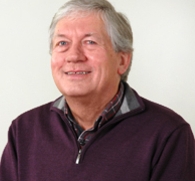
Christopher Bryant
Department of Urbanisation and Agricultural
Montreal university, USA -

Robert William Frare
Oral & Maxillofacial Pathology
New York University, USA -

Rudolph Modesto Navari
Gastroenterology and Hepatology
University of Alabama, UK -
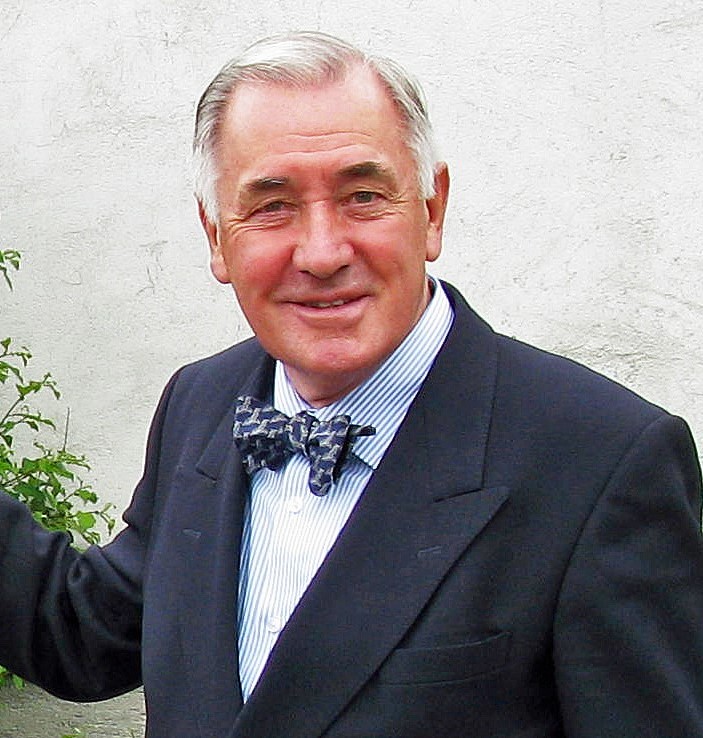
Andrew Hague
Department of Medicine
Universities of Bradford, UK -

George Gregory Buttigieg
Maltese College of Obstetrics and Gynaecology, Europe -
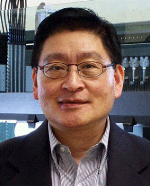
Chen-Hsiung Yeh
Oncology
Circulogene Theranostics, England -
.png)
Emilio Bucio-Carrillo
Radiation Chemistry
National University of Mexico, USA -
.jpg)
Casey J Grenier
Analytical Chemistry
Wentworth Institute of Technology, USA -
Hany Atalah
Minimally Invasive Surgery
Mercer University school of Medicine, USA -

Abu-Hussein Muhamad
Pediatric Dentistry
University of Athens , Greece

The annual scholar awards from Lupine Publishers honor a selected number Read More...




